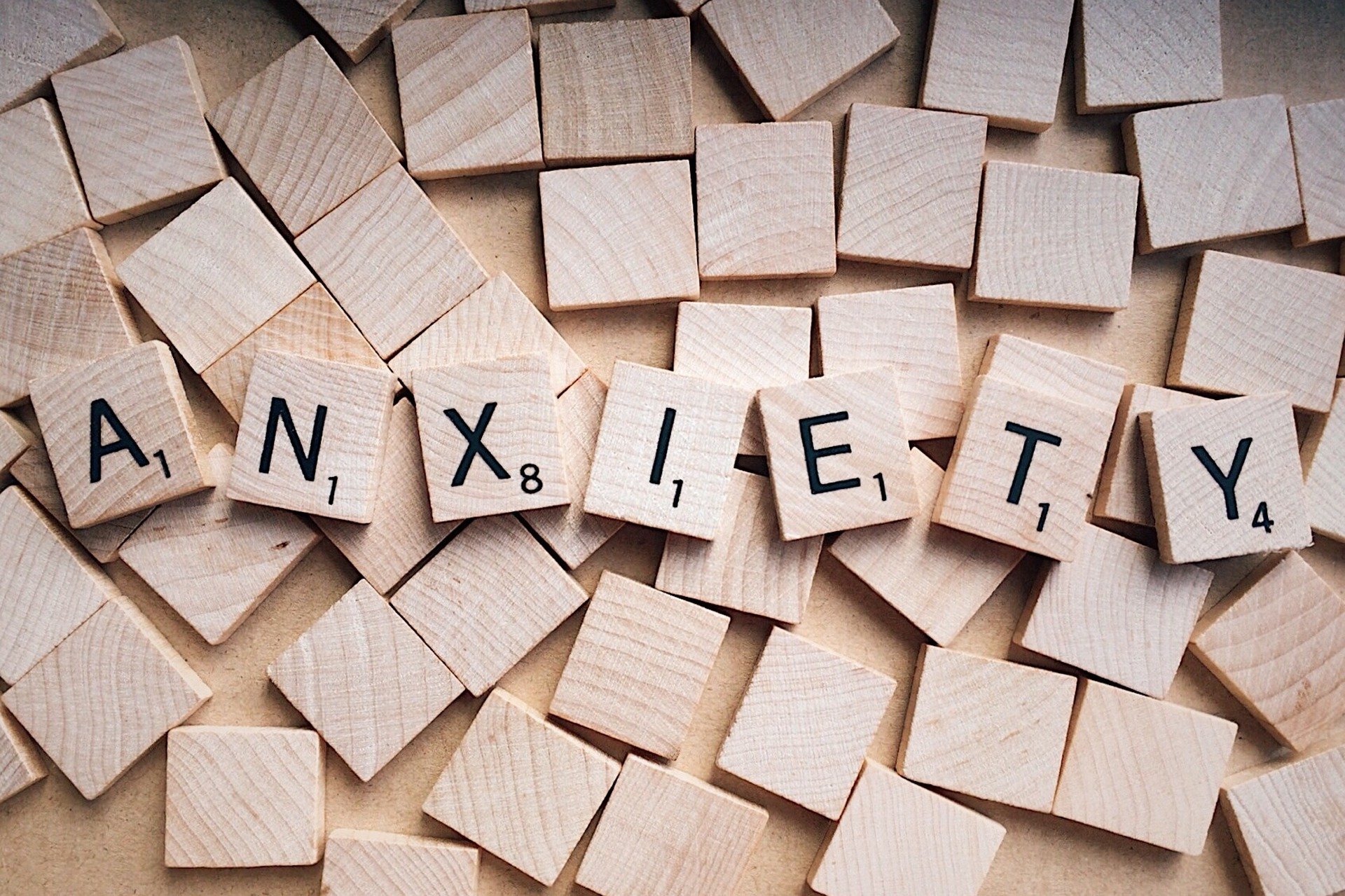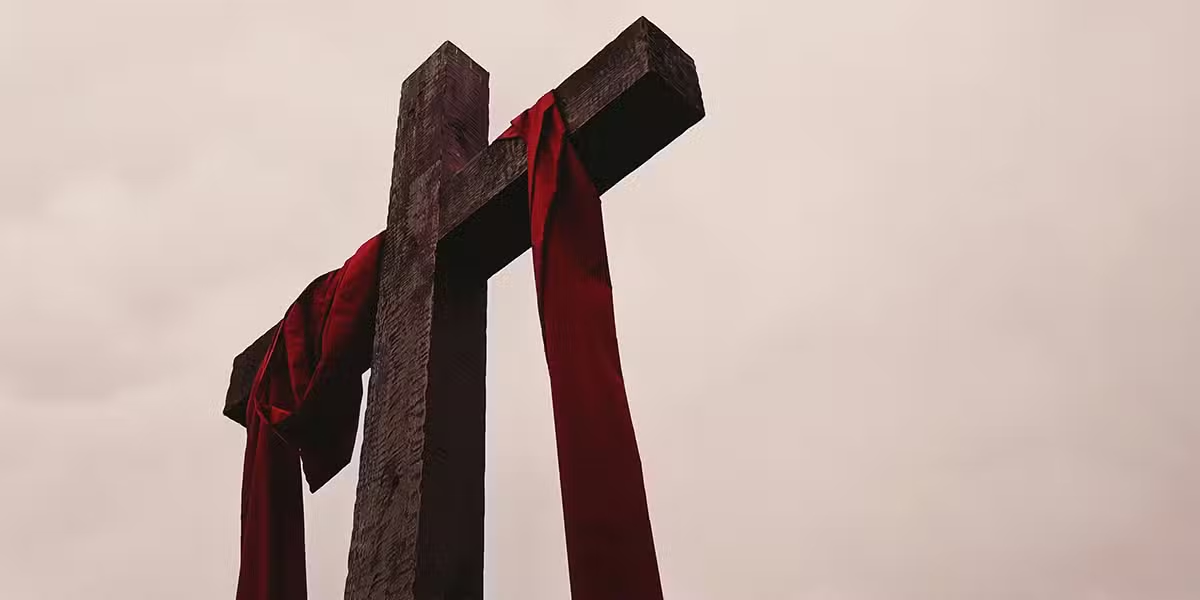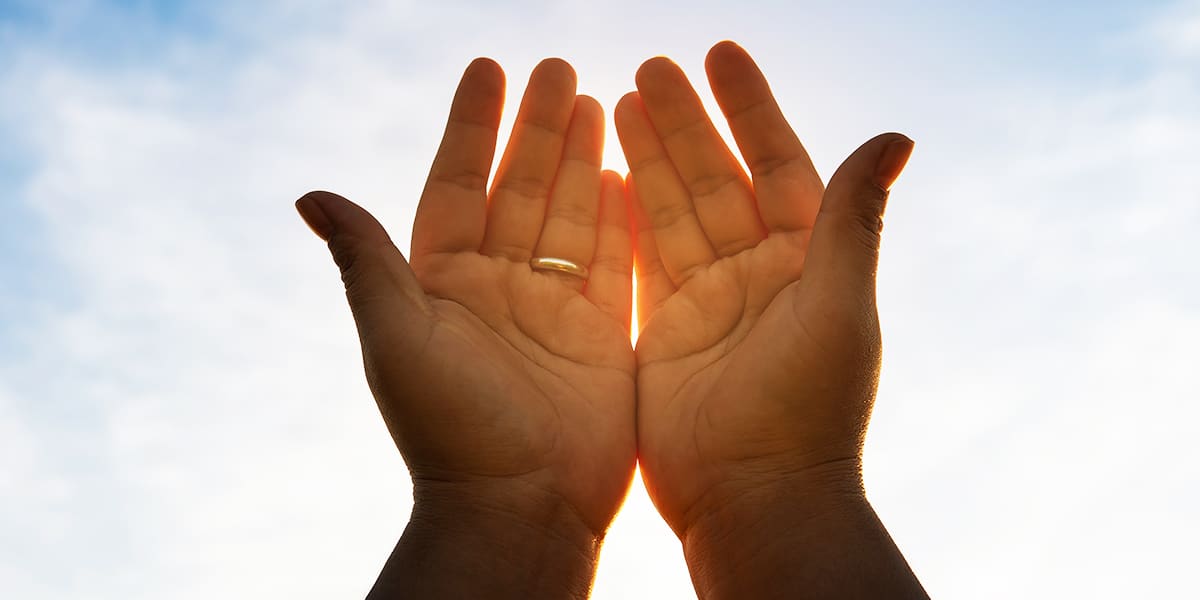I have been writing this column for 19 years, and I have covered a lot of topics and chronicled many of the aspects of my and my family’s lives. I have addressed difficult topics such as death and sex abuse, and I have also written about gentler, everyday topics such as faith, marriage, and the various adventures of raising four kids. But one topic I have not addressed head-on—or at least as strongly as I could—has been mental health.
This year, with all of its unsettling issues—COVID-19, race relations, the election, and a whole host of other stressors—has created a perfect opportunity for anxiety and other mental health issues to flourish.
According to the National Alliance on Mental Illness (NAMI), anxiety disorders are the most common mental health concern in the United States. Over 40 million adults in the United States have an anxiety disorder.
Telling My Story
I have always sworn that, whenever possible, I would use my own experience to help others. So, in that spirit, I’m going to share a bit of my story to put a face on chronic anxiety and panic disorder. I’m writing it in the hopes of letting some people know they are not alone in struggling with this and helping others understand what they don’t.
A few months ago, I suffered a panic attack. It was not my first one. Some are worse than others, and this was one of those Do I
call 911, because I think I’m having a heart attack? But I don’t want to do that and go to the hospital because then I could get COVID-19. So I’m probably going to die either way types of panic attacks.
Most of them follow a similar narrative. It’s always hard to pinpoint what starts the ball rolling because I could pick from a wide range of things that haunt me daily—just like most of us. Those fears—many irrational, I (we) know—are always lurking just beneath the surface, building up, waiting for the one thing that will make them burst through, spewing panic and fear into the open.
I have tried to explain what one of my panic attacks is like. The best analogy I can think of is a train. You’re going along with life,
and then something happens to cause you anxiety or worry. The train starts picking up speed, which leads to more worry and more speed. Before you realize it, worries—rational or not—are flying at you fast and furious. You are barreling down the track at breakneck speeds. When you grab the brake to try to stop yourself, it snaps in your hand, and your mind tells you a massive, and probably deadly, crash is inevitable.
Best-case scenario: You use all the tools you’ve collected over the years and breathe or pray yourself to a stop. Worst case: You end up at the ER.
In the aftermath can lie the embarrassment of feeling that people are looking at me as if to say: “Get it together. Everyone’s stressed.” True. But there is nothing I/we can do about it. It feels very real to us. It’s biology. Just as I would call my neurologist if I had an MS relapse, I will check in with my doctor about this. My anxieties/panic are no less clinical and real than my MS.
An Ongoing Process
Above my desk at home hangs a prayer attributed to St. Francis de Sales. I don’t remember where I got it or when I put it up there, but I do know that I rely on it often. Two lines, in particular, have become my mantras when I’m feeling anxious: “And when you cannot stand it, God will bury you in his arms” and “Be at peace, and put aside all anxious thoughts and imagination.” Sometimes the words work; other times they don’t. Anxiety is unpredictable.
Again, I write this in hopes that it might help one person or someone they love understand the chronic anxiety that many of us are struggling with. Maybe it’s you or maybe it’s someone you love. Whoever it is, be kind, be patient, be loving, and remember that as imperfect and broken as we may feel or seem, we are all made in the image of God and, therefore, perfect.








